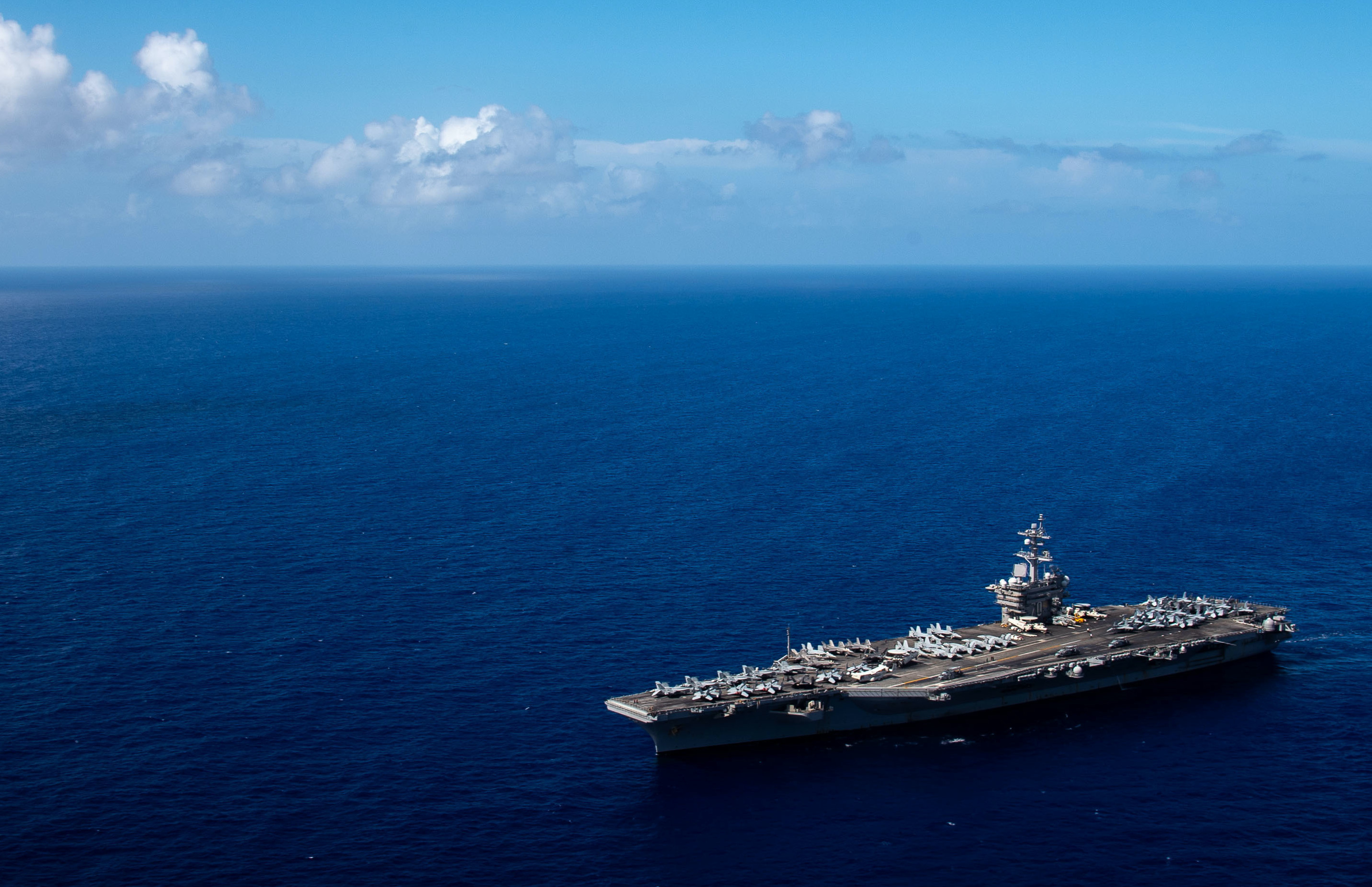
The Department of Defense on Monday announced the completion of its Global Posture Review, which offers few changes in force lay down and includes a series of previously announced troop movements.
In a press briefing Monday afternoon, Mara Karlin, who is performing the duties of the deputy under secretary of defense for policy, shared highlights of the review, which will not be released for the public, she said, citing classification for security reasons and to protect the confidentiality of consultations the country did with allies and partner countries.
The review will be “internalized” by the Department of Defense, as it will be used to guide the National Defense Strategy, she said.
The priority region will be the Indo-Pacific, consistent with the secretary of Defense’s focus on China as the country’s pacing threat, Karlin said. The review calls for infrastructure changes in Australia and the Pacific Islands, including Guam, examples of the country’s posture shift. These improvements could include munitions storage, airfield upgrades, fuel storage and logistics facilities over the course of a few years, although Karlin did not give a more specific timeline.
“In the Indo-Pacific, the review directs additional cooperation with allies and partners to advance initiatives that contribute to regional stability and deter potential Chinese military aggression and threats from North Korea. These initiatives include seeking greater regional access for military partnership activities; enhancing infrastructure in Australia and the Pacific Islands; and planning rotational aircraft deployments in Australia, as announced in September,” the Pentagon said in a news release. “The GPR also informed Secretary Austin’s approval of the permanent stationing of a previously-rotational attack helicopter squadron and artillery division headquarters in the Republic of Korea, announced earlier this year.”
Karlin did not have a cost estimate for the infrastructure changes, or other components of the review, saying it would be determined as the department goes through budget reviews.
Other regional highlights include a continued presence in Germany, with President Joe Biden reversing the previous administration’s cap on the number of active-duty forces in the country. The United States will also retain seven military sites in Germany and Belgium that had been previously marked to be returned to the host nations, Karlin said.
The posture review also includes plans for the Middle East and Central and South Americas regions, although Karlin provided few details in her briefing.
The Pentagon did not provide details on how the new review would affect Navy surface assets. Chief of Naval Operations Adm. Mike Gilday in April said the Global Posture Review could lead to changes in how aircraft carriers and other Navy ships are deployed.
“During the secretary of defense’s confirmation hearing, there were two things that stood out for me with respect to the NDS: one is that he wanted to do his own assessment to see if all the elements of the NDS were still applicable – in other words, did he have to change anything in the NDS? And the second thing, and I think it kind of gets to your point, are we resourcing the day-to-day posture of the globe in the right way? Are we implementing the NDS in the manner that it was supposed to be implemented?” Gilday said at the time.
“I think that the global posture review will help give us a better understanding of where we stand right now to answer the secretary’s questions about implementation of the NDS and whether any changes are required, and I think that ought to drive our use of not only aircraft carriers but the entire joint force. Carriers are of course an important element of that” and one of the highest priorities for combatant commanders, Gilday added.
Meanwhile, the Navy and Pentagon are performing separate studies on the future fleet architecture, USNI News previously reported. The Pentagon’s Cost Assessment and Program Evaluation (CAPE) is assessing the fleet design for the Fiscal Year 2023 budget that will come out early next year, while the Navy is analyzing the fleet architecture needed to counter future threats past the FY 2024 budget.
Gilday has said that Defense Secretary Lloyd Austin is aiming to release an updated National Defense Strategy in 2022.
“The Global Posture Review will be a part of a bigger puzzle. The Secretary of Defense is aiming for 2022 for the release of an updated National Defense Strategy that should give us additional guidance in terms of how the globe is going to be postured, how he sees us in the competition phase, and then poised for potential crisis against China,” the chief of naval operations said in September.
Gilday also said he expects the updated National Defense Strategy to alter global force posture both for regions and domains.





